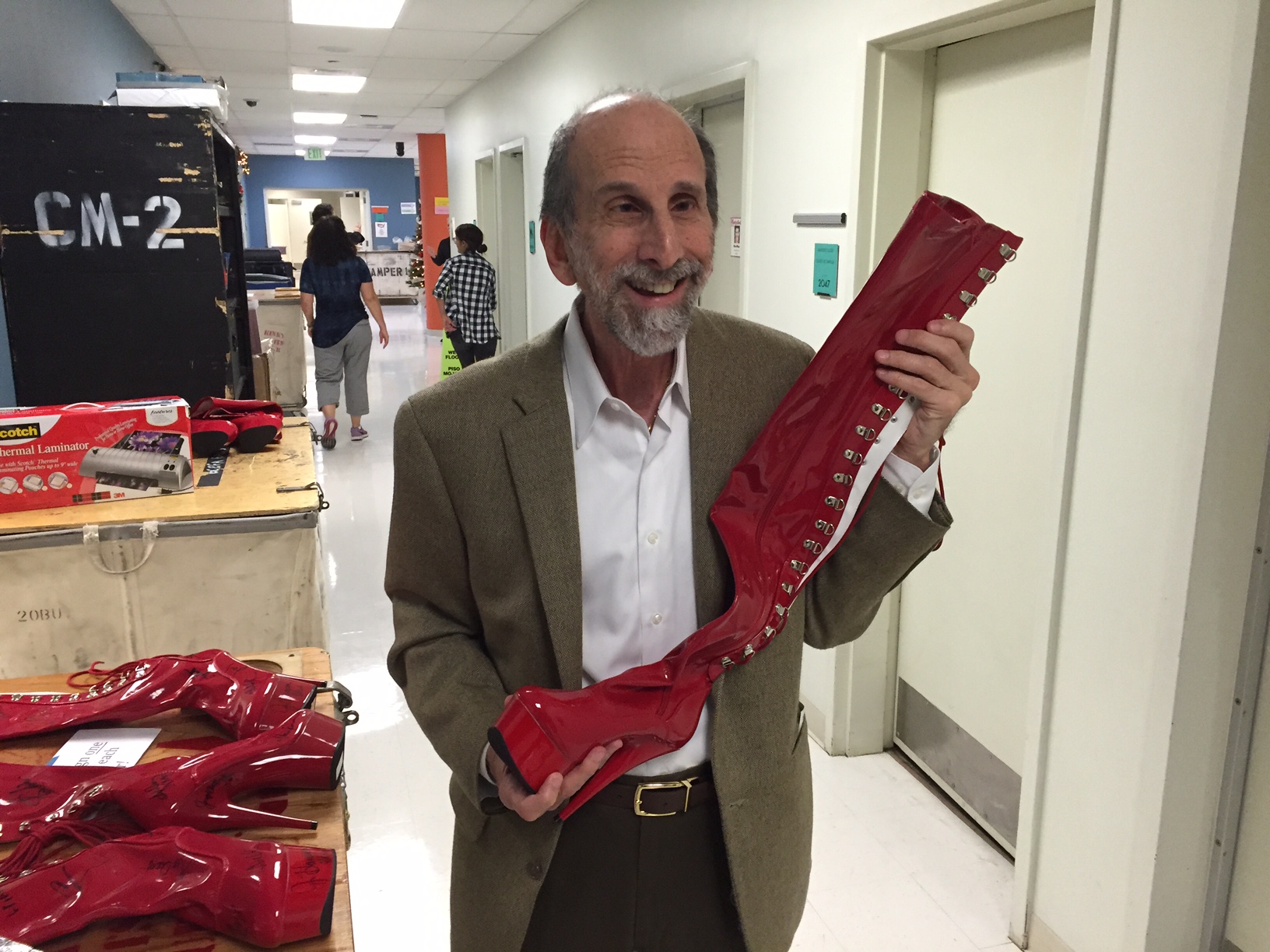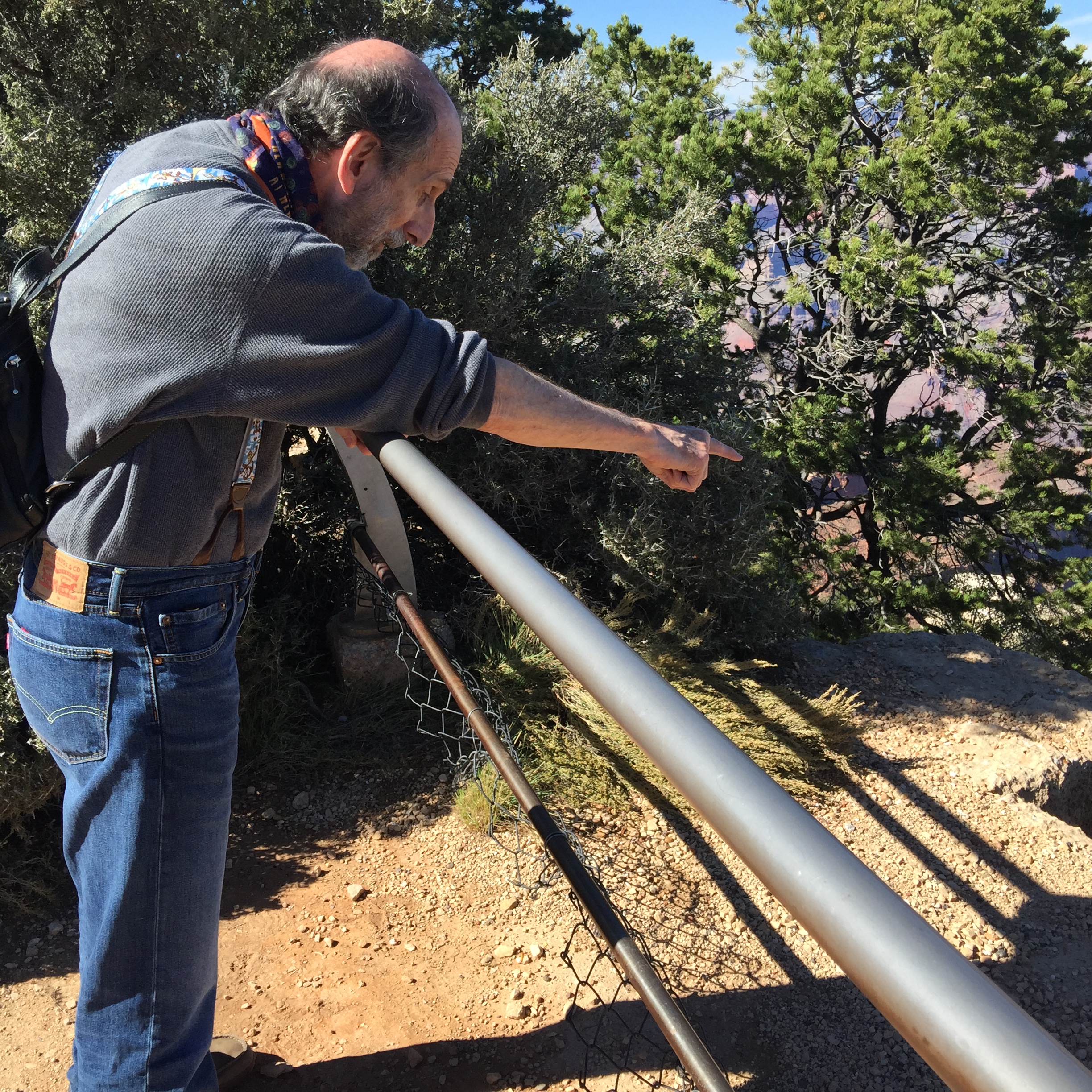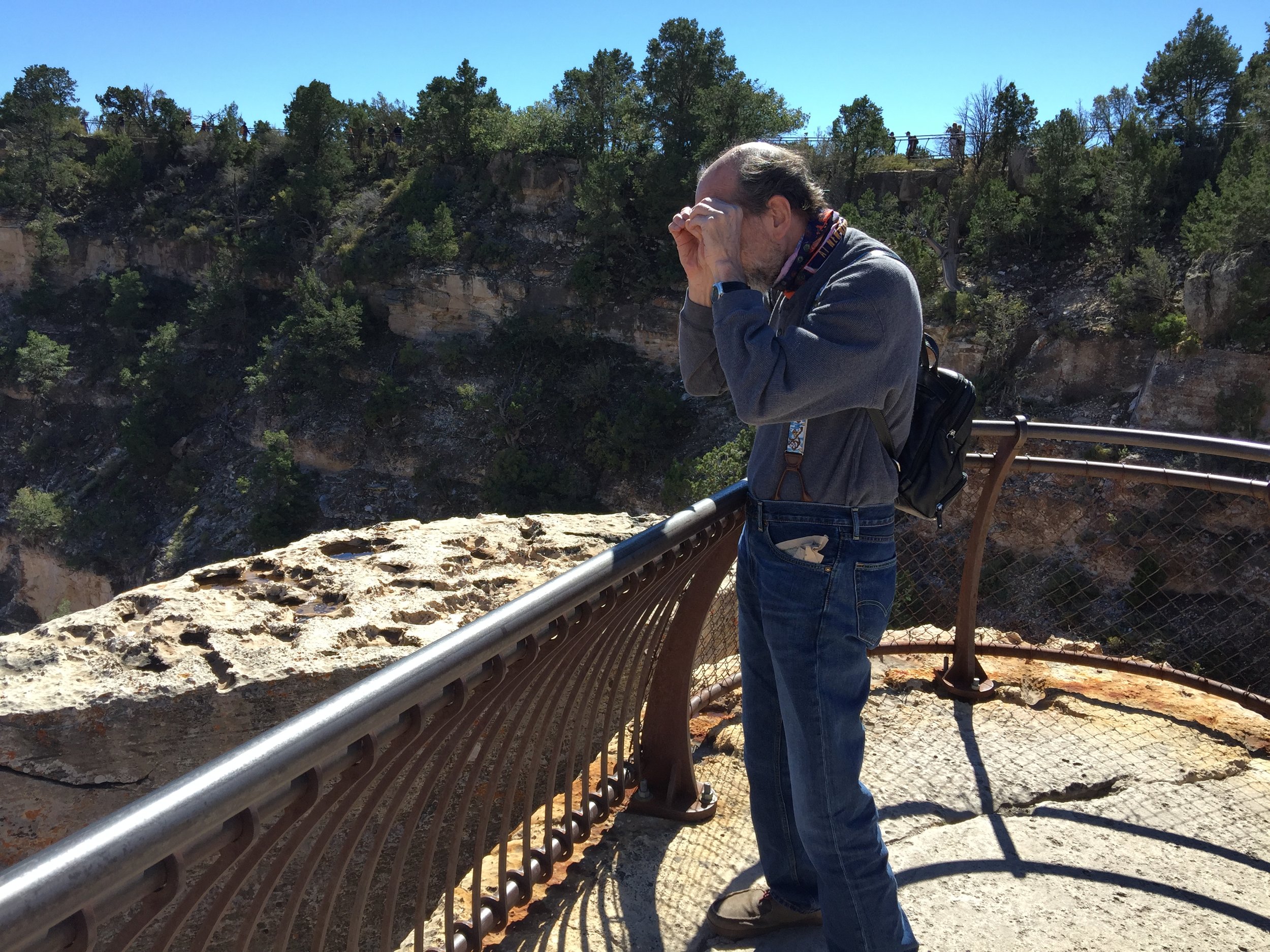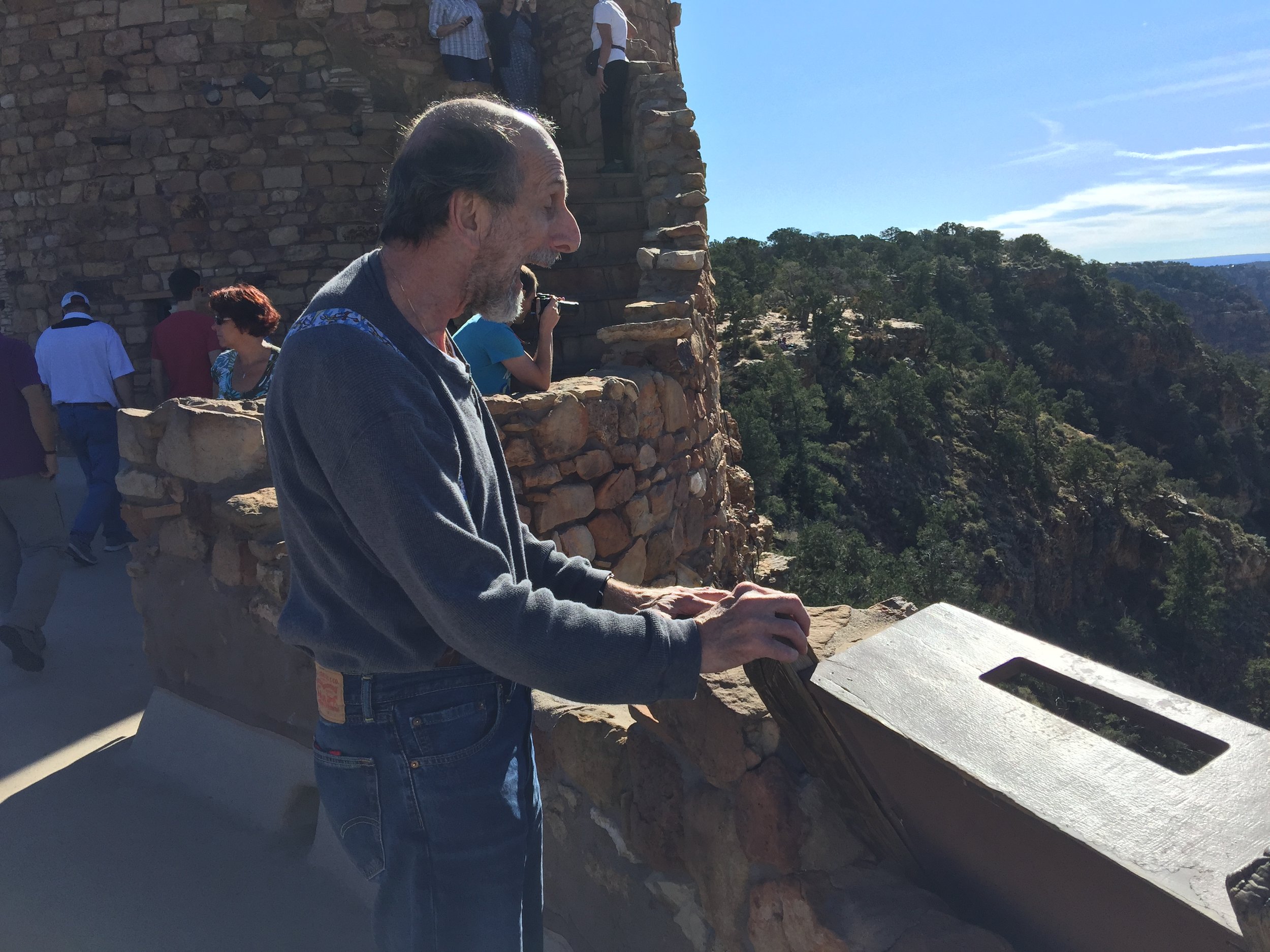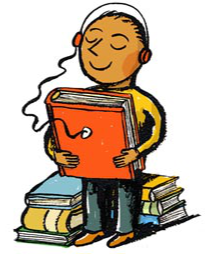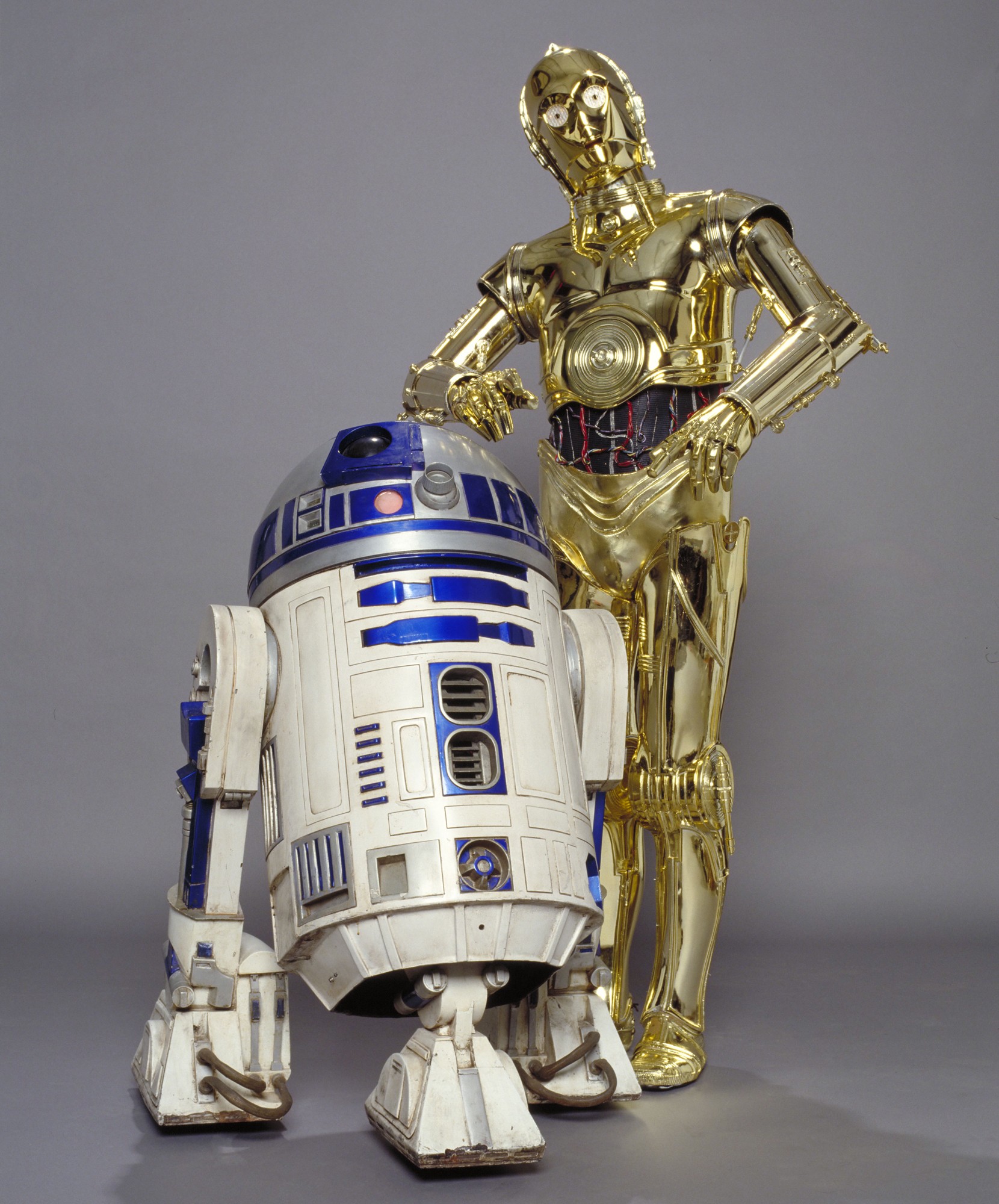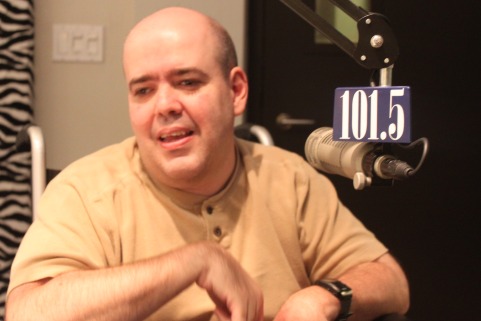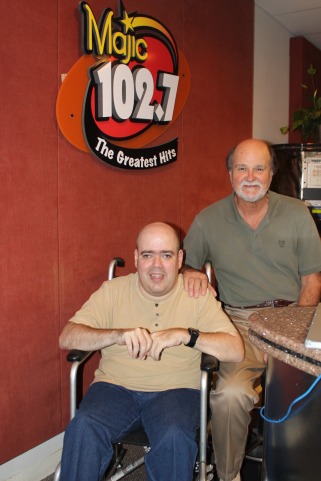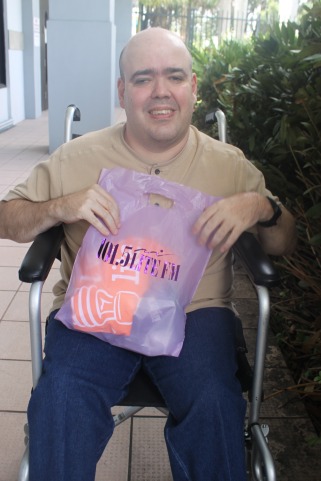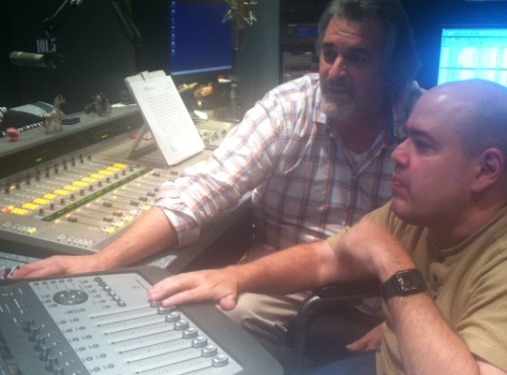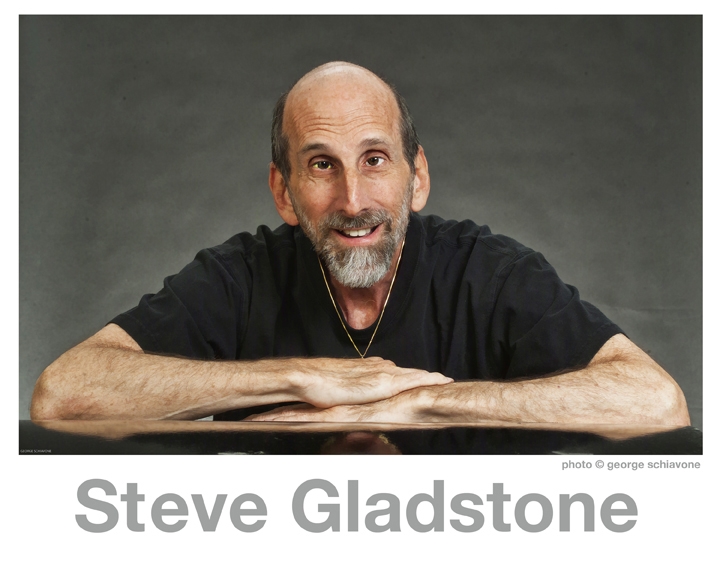 I’ve never been a ‘read the owner’s manual’ kinda guy. I’ve always found them confusing, tedious and lengthy.
I’ve never been a ‘read the owner’s manual’ kinda guy. I’ve always found them confusing, tedious and lengthy.
I used to have a pal who would read every owner’s manual from cover to cover. But I had, as my mother used to say, more of a “creative” mind.
Even when I could see, I didn’t read manuals. I was always a “visual learner” when trying to figure out how to operate stuff. So when I went totally blind, I was pooched.
As a blind guy, I still avoided screen reading online manuals. I preferred to have somebody ‘talk me through’ each button and crank. Sure, it was a struggle, but I was determined to master every bell and whistle on the device.
The struggle got worse as I grew older. Even my $10 toaster, between the frozen, regular and bagel settings and the light, medium and dark knob, became a chore. I figured that being blind exacerbated the learning process.
Then I started noticing my sighted friends calling out to their teenage children: “Hey Sam, show me how to use this remote,” or “Yo Jennie, help me figure out my new electric toothbrush.” It was an Aha moment! The problem wasn’t being blind, it was being over 40.
Not that I ever needed a reason why I didn’t read manuals, but now I finally had a good one.
Besides, why was I trying to learn all 128 buttons on the gismo when I only ever use 5 of them in the first place?
I was suddenly at the gateway to the next level: tranquility, self-actualization and spiritual enlightenment…with a little more time on my hands.
The desire to learn new things dramatically decreases for most people after they turn 40. Many folks believe this is due to the natural diminishing capacity of the human brain, but I’d like to think it may actually be the result of enlightenment. In other words, once you reach that age when you realize that you’re no longer receiving blue ribbons for effort, you trade in your sense of accomplishment for a little efficiency. You suddenly grasp the notion that all the time you spent agonizing over how to work the damn thing might have been better spent dreaming about the little vegetable garden you’ve been meaning to plant in your backyard.
Now I have a go-to-under-40 person to set up my new appliance and show me how to use the latest whizzbang technology with the fewest steps possible.
Keeping it simple is king. I no longer type my destination into my GPS. Instead, with my guide dog in tow, I just mash a button and speak into my phone where I want to go and voila!, the nice droid-lady answers me with step by step directions on how to get from point A to point B. (I can also assist some of my drivers who have difficulty using GPS. Yup, most of them are over 40.)
You may find it more satisfying to ask a stranger under 40 for help with a new gadget, rather than your go-to-under-40 family member. Strangers tend to be nicer and more patient. Family members are prone to be a little quippie during the education process, sometimes rolling their eyes or tossing you zingers like, “You don’t know how to do that?” or “I’ve shown you this a million times!” Of course, if you are a secure person with few self-esteem issues, quippie’s wisecracks don’t bother you. You just say, “Yeh, I’m a blockhead. Fix it.” That’s about all you need to do to get the quipster focused on the task.
If you have the impulse to explain to quippie why you aren’t ‘getting it,’ save your breath. They don’t care if you get it or not. And at your advanced age, you need to lower your stress level. Plus, by not explaining yourself, you have extra time to do something useful, like top-up your soft soap kitchen dispenser which has been empty since last month.
So, with your Millennial or Gen Z of choice and your own good self-image, you’ll have that new “Power-Your-Spaceship-To-Mars-With-Solar” app downloaded and up and running in just a few short minutes.
But before you blast off to worlds unknown, you might consider tending your garden first.
Steve Gladstone
The Blind Dude


